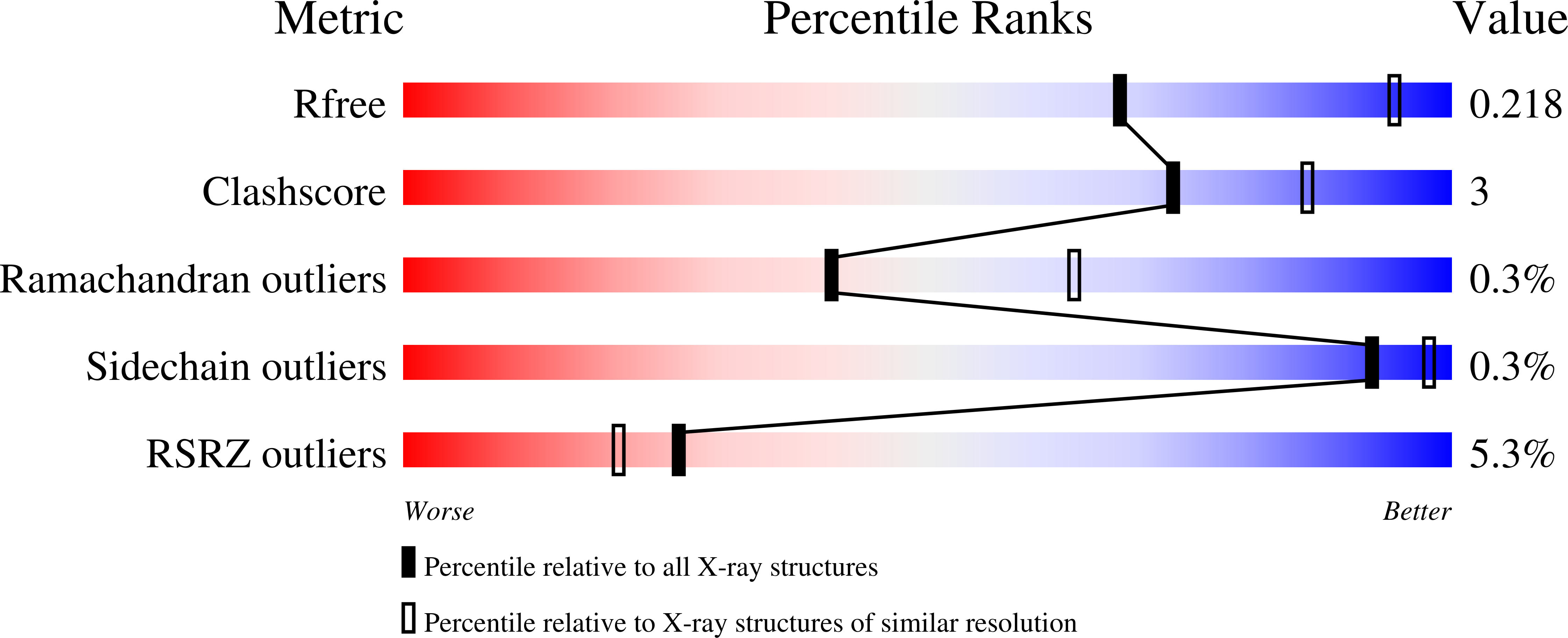Crystal Structures of Botulinum Neurotoxin DC in Complex with Its Protein Receptors Synaptotagmin I and II.
Berntsson, R.P., Peng, L., Svensson, L.M., Dong, M., Stenmark, P.(2013) Structure 21: 1602-1611
- PubMed: 23932591
- DOI: https://doi.org/10.1016/j.str.2013.06.026
- Primary Citation of Related Structures:
4ISQ, 4ISR - PubMed Abstract:
Botulinum neurotoxins (BoNTs) can cause paralysis at exceptionally low concentrations and include seven serotypes (BoNT/A-G). The chimeric BoNT/DC toxin has a receptor binding domain similar to the same region in BoNT/C. However, BoNT/DC does not share protein receptor with BoNT/C. Instead, it shares synaptotagmin (Syt) I and II as receptors with BoNT/B, despite their low sequence similarity. Here, we present the crystal structures of the binding domain of BoNT/DC in complex with the recognition domains of its protein receptors, Syt-I and Syt-II. The structures reveal that BoNT/DC possesses a Syt binding site, distinct from the established Syt-II binding site in BoNT/B. Structure-based mutagenesis further shows that hydrophobic interactions play a key role in Syt binding. The structures suggest that the BoNT/DC ganglioside binding sites are independent of the protein receptor binding site. Our results reveal the remarkable versatility in the receptor recognition of the BoNTs.
Organizational Affiliation:
Department of Biochemistry and Biophysics, Stockholm University, 10691 Stockholm, Sweden.
















